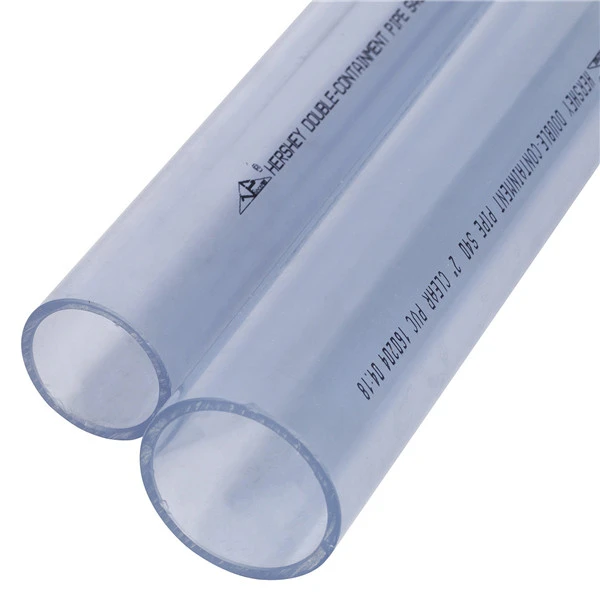Sep . 13, 2024 15:31 Back to list
pvc pipe garden irrigation system
PVC Pipe Garden Irrigation System A Cost-Effective Solution for Efficient Watering
Maintaining a lush and vibrant garden can often be challenging, especially in regions with inconsistent rainfall. One effective solution that many gardeners have turned to is the use of a PVC pipe irrigation system. This method not only conserves water but also distributes it evenly across your plants, ensuring that every segment of your garden receives the moisture it needs to thrive.
PVC, or polyvinyl chloride, is a versatile and durable plastic that is commonly used for various plumbing applications. When it comes to garden irrigation, its lightweight nature and resistance to corrosion make it an ideal choice. By utilizing PVC pipes, gardeners can create a customized irrigation system tailored to their garden's specific needs.
Benefits of Using PVC Pipes for Irrigation
1. Cost-Effectiveness One of the most significant advantages of using PVC pipes for irrigation is their affordability. Compared to other materials such as copper or polyethylene, PVC is relatively inexpensive. This allows gardeners to set up a comprehensive irrigation system without breaking the bank.
2. Durability PVC pipes are known for their longevity. They can withstand varying temperature fluctuations and are resistant to many chemicals, making them suitable for use in gardens treated with fertilizers and pesticides. Installed properly, a PVC irrigation system can last for many years with minimal maintenance.
3. Customization The modular nature of PVC pipes means that gardeners can design their irrigation systems to fit their garden layout precisely. Whether you have a small flower bed or a large vegetable garden, PVC pipes can be cut and connected to meet your specifications.
4. Water Conservation A well-designed irrigation system minimizes water wastage. With drip irrigation or a soaker hose system made from PVC, water can be delivered directly to the plant roots, reducing evaporation and runoff. This method not only conserves water but also promotes healthy plant growth by maintaining optimal soil moisture levels.
Setting Up Your PVC Pipe Irrigation System
pvc pipe garden irrigation system

Creating a PVC pipe garden irrigation system may sound complex, but with a bit of planning, it can be a straightforward DIY project. Here’s a step-by-step guide
1. Plan Your Layout Assess your garden's size, shape, and water requirements for different plants. Sketch a simple layout showing where the pipes will run and where emitters will be placed.
2. Gather Materials You will need PVC pipes, elbows, tees, and connectors in various sizes. Don’t forget to acquire stakes to hold the pipes in place and emitters or drippers that will distribute the water.
3. Cut and Assemble Using a pipe cutter, cut the PVC pipes according to your layout. Assemble the pipes using connectors and ensure that all joints are secure to prevent leaks.
4. Install the System Lay the assembled pipes along your planned layout. Use stakes to secure them at regular intervals.
5. Test the System Once everything is installed, turn on the water to test your system. Check for leaks and ensure that all plants receive water evenly.
Conclusion
A PVC pipe garden irrigation system is a smart investment for any gardening enthusiast looking to maintain a thriving garden while conserving water. With its affordability, durability, and ease of customization, it provides an efficient and eco-friendly solution to plant care. As climate conditions become more unpredictable, having a reliable irrigation system is not just beneficial; it’s essential for sustainable gardening. Start planning your PVC irrigation system today and witness the transformation of your garden!
-
Durable PPR Pipe for Hot & Cold Water Systems - Easy Install
NewsAug.14,2025
-
Durable HDPE Sheet | Versatile & Impact-Resistant Plastic
NewsAug.13,2025
-
Premium PVC Soft Sheets: Clear, Flexible & Durable
NewsAug.12,2025
-
Premium PVC Round Rods: Durable, Chemical Resistant, Easy to Machine
NewsAug.11,2025
-
PP U-channel: Chemical-Resistant, Lightweight & Durable
NewsAug.10,2025
-
Transparent PVC Pipe: Clear Flexible Tubing for Fluids
NewsAug.09,2025

